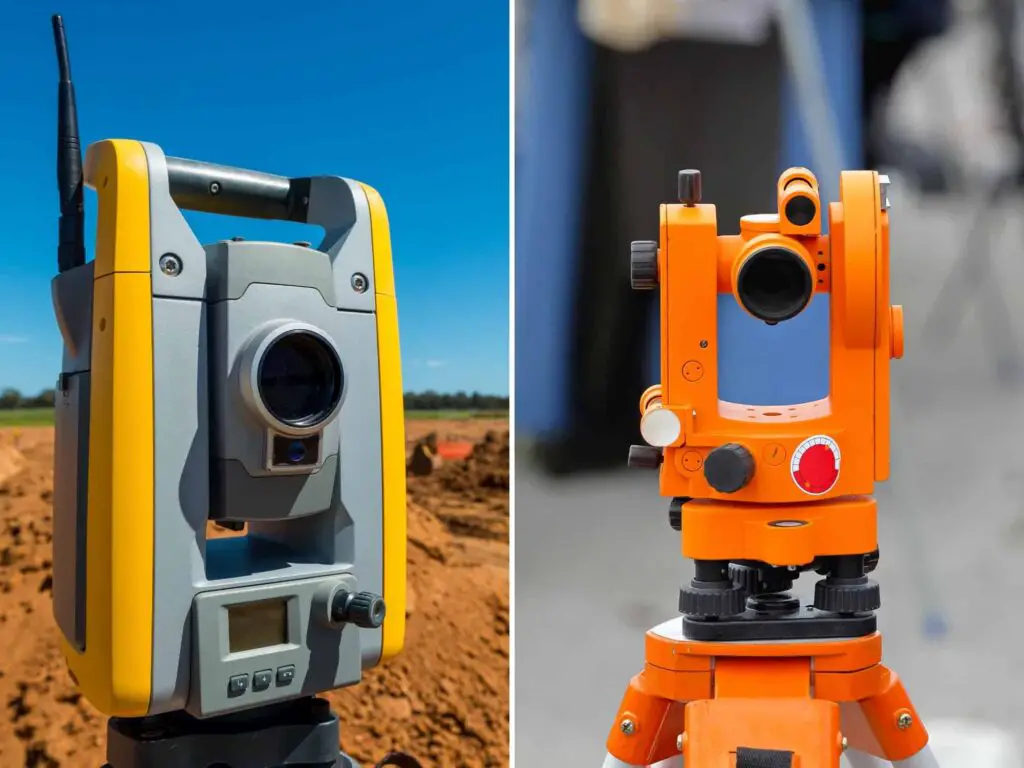Total stations are modern surveying instruments that can measure both horizontal and vertical angles, measure distances electronically and can record and store digital survey data for later use. Theodolites are only capable of measuring horizontal and vertical angles only.
Before electronic distance measurers (EDMs) were integrated with a theodolite to create a total station, distances used to be measured by either using trigonometry or by taking lots of short measurements to measure between two points.
By integrating an EDM with a total station, increased the productivity of land surveys and other related professionals as they would complete their usual takes much faster.
Table of Differences Between Total Stations and Theodolites
| Criteria | Total Station | Theodolite |
|---|---|---|
| Measure distances | Yes | No |
| Measure angles | Yes | Yes |
| Record and store measurements | Yes | No |
| Work on a coordinate system | Yes | No |
| Is easy to learn | No | Yes |
| Advanced surveying functions | Yes | No |
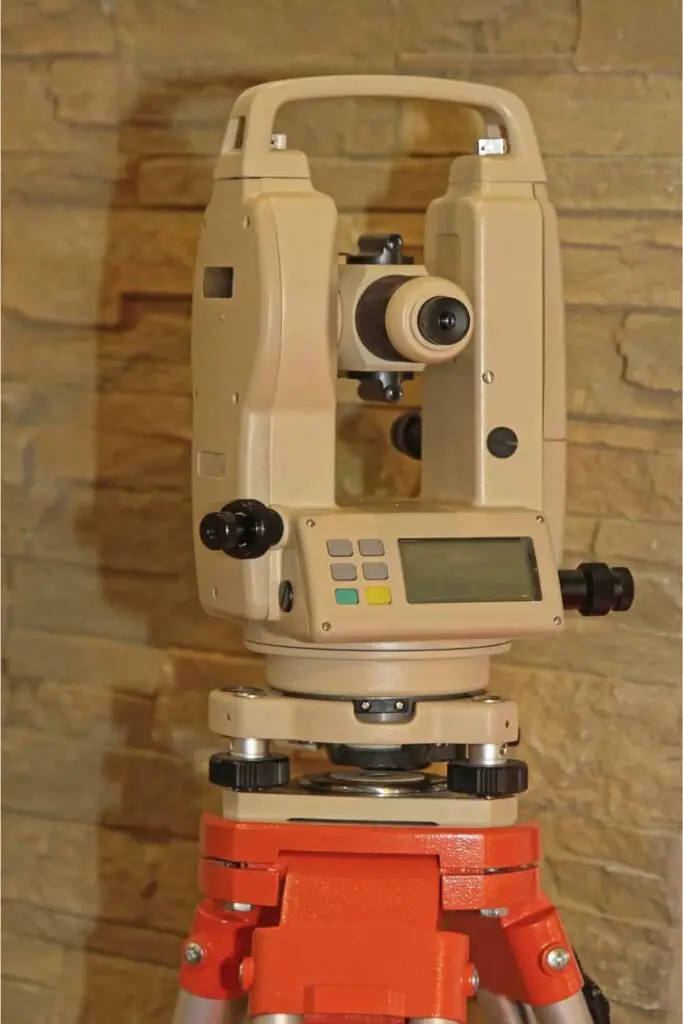
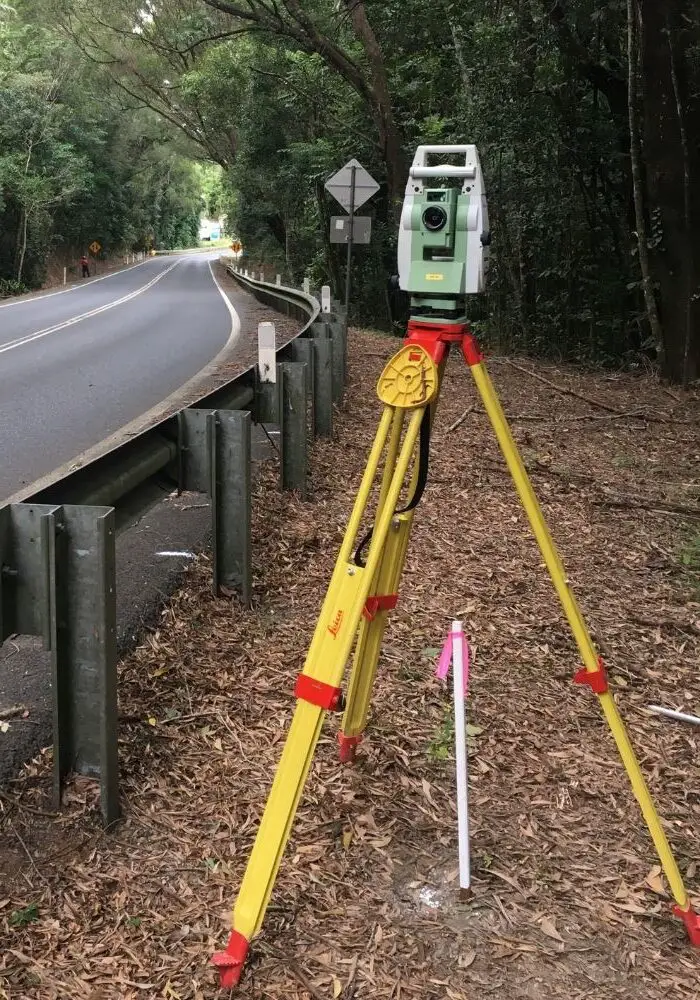
Total Station
Total stations were first made in 1968 by Zeiss. These instruments were the first of their kind that combined horizontal and vertical angle observations, and electronic distance measurements (EDMs).
By combining these two functions, the productivity and capabilities of surveyors and other land-related professions drastically increased as they were able to work more efficiently and accurately as they no longer needed to measure long distances with steel bands.
Total stations today can do much more than just measure angles and distances. They now have built-in computers which allow the instrument to measure and store observations, work on a logal and geographic coordinate systems, and they usually come with advanced programs that allow a surveyor to set out design locations on site, measure to a calculated design surface and even compute volumes in the field.
Who Should Use a Total Station?
Total stations are most commonly used by surveyors as they need to be able to measure and record points so that they can prepare plans in the office and use their measurements for further calculations.
Surveyors also rely on the programs that all modern total stations come with that allows them to import and work off design and calculated data in the field.
Benefits of A Total Station
Total stations benefit land surveyors by increasing their productivity and capability. They do this by:
- Being able to be operated by one person only.
- Fast and accurate measurements to prisms and surfaces using reflectorless technology.
- Having a suite of programs installed on the total station increases the total stations capabilities and applications.
- Most often surveyors are using robotic total stations which allows them to work faster and on their own.
Disadvantages of A Total Station
When compared to a theodolite, the disadvantages of a total station are:
- A bigger learning curve to using a total station for a beginner.
- As it is powered by a battery, it is not an intrinsically safe piece of equipment, and can’t work in areas where there is a risk of a gas explosion.
Examples of When a Total Station Would Be Better than A Theodolite
Any time that there needs to be a record made of measurements in the field, or that there needs to be a design set out, a total station is the best instrument to choose out of the two.
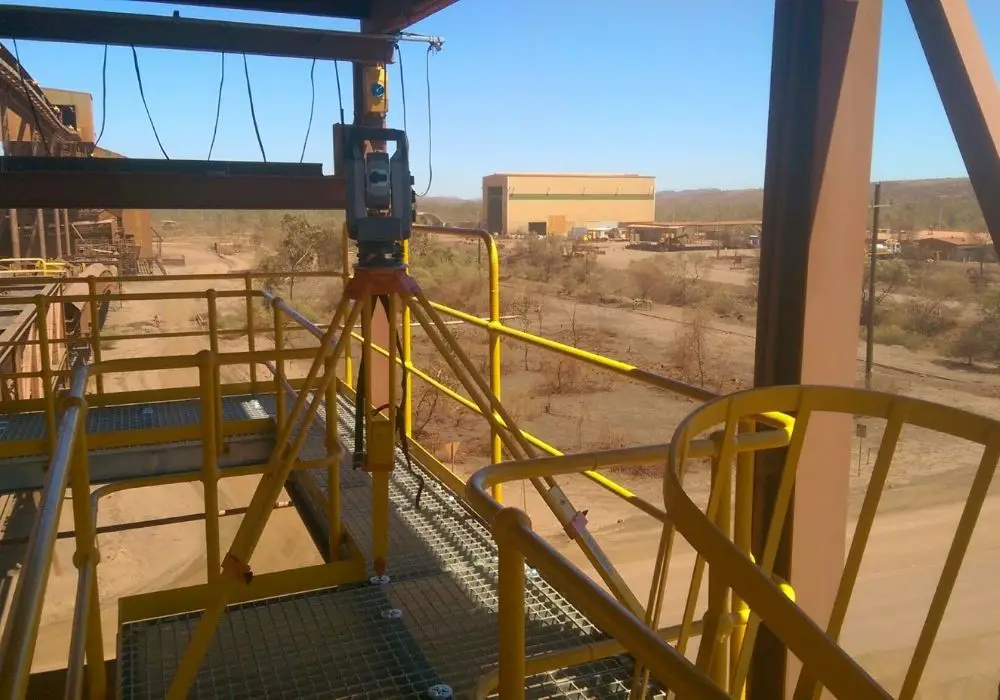
Theodolite
There are two different types of theodolites today:
- The original style of theodolite has been used for over 100 years.
- Modern electronic theodolites that are battery-powered and can display angle readings on a screen.
Theodolites are only capable of measuring horizontal angles and vertical angles. To measure distances between points the surveyor would need to either use triangulation to calculate a point or would need to measure the distance using a long measuring tape.
Who Should Use a Theodolite?
Theodolites are suitable for builders, fencers, landscapers and similar who only need to turn angles to ensure that their lines are straight or square to key features or boundaries on site.
Benefits of A Theodolite
The benefits of a theodolite, when compared to a total station, are:
- There is a smaller learning curve for a new user as there are fewer functions to learn.
Disadvantages of a Theodolite
The disadvantages of a theodolite when compared to a total station are:
- Limited functions.
- Not able to measure distances.
- Does not have any programs to improve productivity.
Examples of When a Theodolite Would Be Better than A Total Station
I’ve only ever come across one site that had someone trained up and using a theodolite.
When I was on site I would set up grids site wide for the footings. The trained theodolite operator would then supervise the excavation of the footing and set up and align the hold-down bolts.
This saved the project a lot in survey fees and hardware expenses as I only was doing the minimum amount of survey work needed for the site, and their theodolite and operator were doing the daily set out based on my marks.
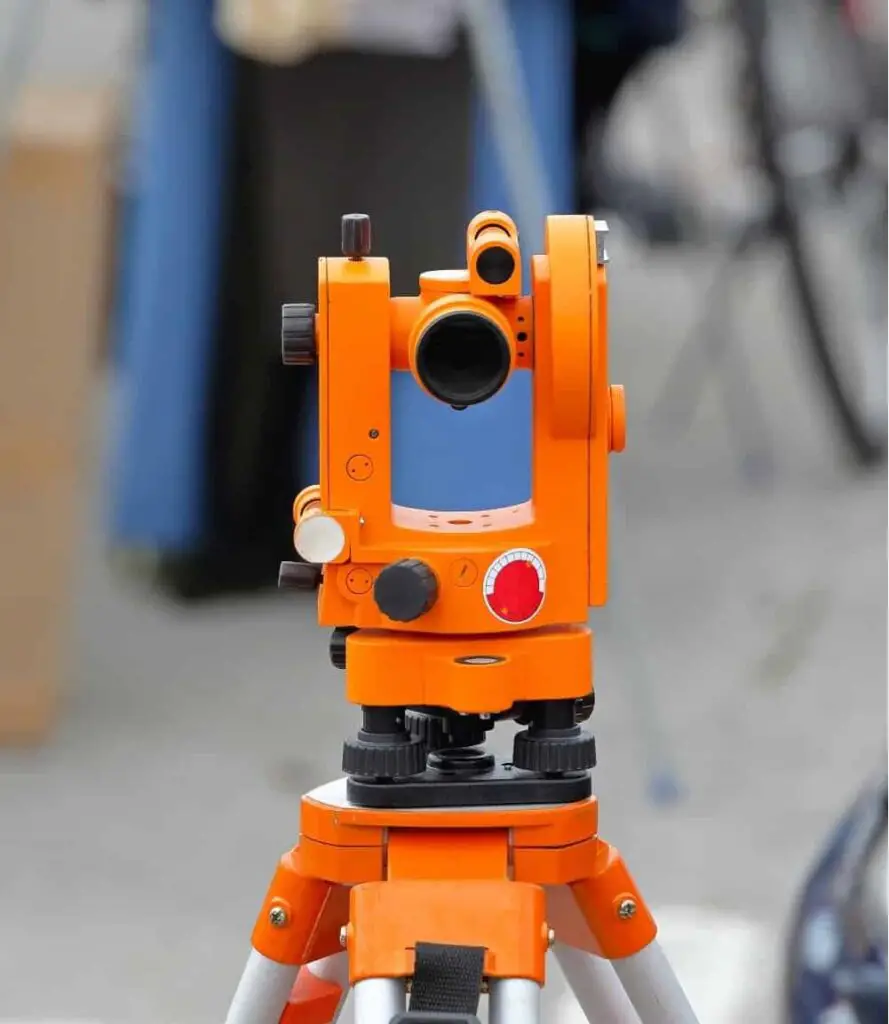
Differences Between Total Station and Theodolite
The main difference between a total station and a theodolite is that total stations have inbuilt electronic distance measurers (EDMs), and a theodolite is not able to measure distances electronically.
This makes theodolites a suitable instrument for people who don’t need to measure distances to prisms in the field to measure new points.
Total stations are suitable for land surveyors who need to be able to measure and record their field observations.

